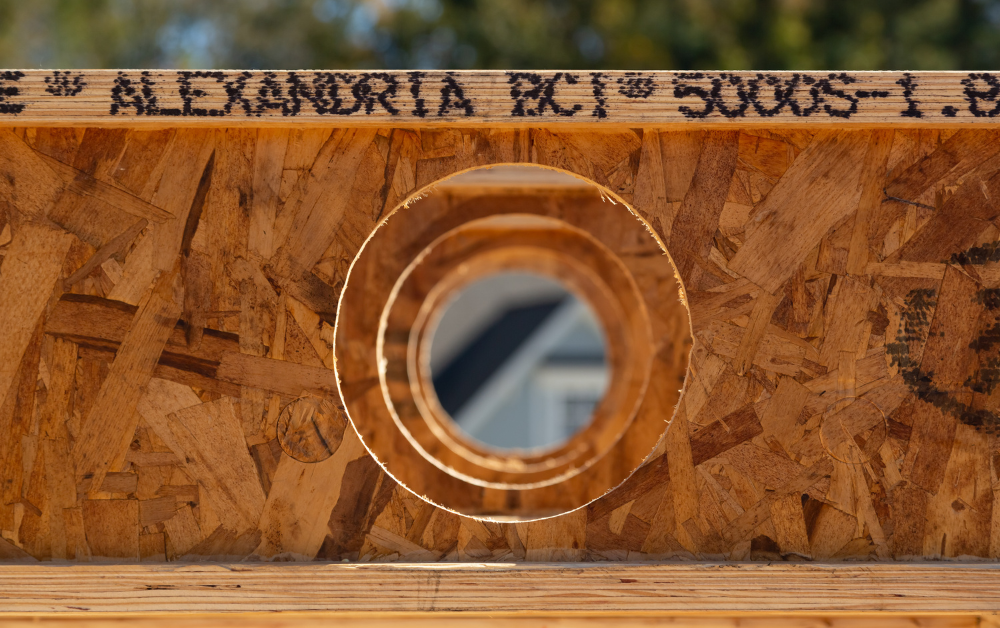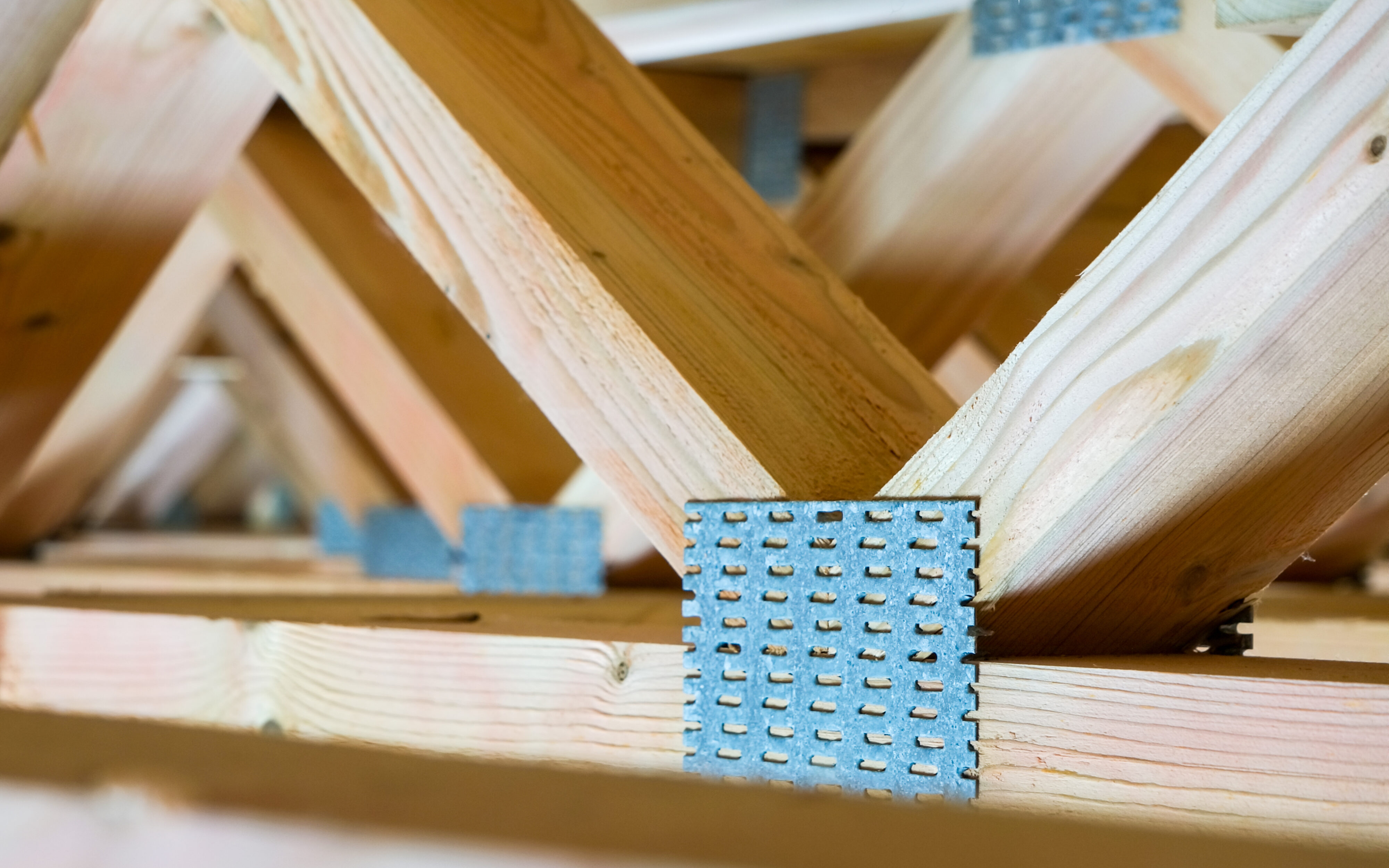BCI Joists vs. Open Web Floor Trusses
May 7, 2025
Which One is Right for Your Project?
When it comes to floor systems, professionals want strength, stability, and ease of installation. Two common choices are BCI® Joists (engineered I-joists) and open web floor trusses (OWFT). Both have their advantages, but which one is the best fit for your project? Let’s break down the key differences so you can make an informed decision.
1. Ease of Utility Installation
OWFT: Open web trusses naturally provide gaps between chords, providing the ability to route HVAC, plumbing, and electrical wiring without cutting or drilling.
BCI Joists: I-joists are not pre-manufactured with holes. However, due to their overall strength and consistency, it is simple to precisely cut large holes through the web. In fact, by using our design software, rectangle holes with rounded corners—up to 22”—can be cut so utilities can be run throughout the floor system. Plus, the ability to customize hole placement can actually lead to a more efficient system layout.
Winner? OWFT for access, but BCI Joists offer flexible options and potentially larger holes to efficiently run mechanicals.
2. Strength & Performance
OWFT: Their triangulated structure provides solid load-bearing capacity, but performance can vary depending on how they’re built. If they’re not manufactured or installed properly, they may be prone to slight inconsistencies which can lead to squeaky floors.
BCI Joists: These are precision-engineered and tested before leaving the factory, ensuring consistent strength and stability. Additionally, an integrated tool, BC FloorValue® lets you analyze a floor’s performance and resolve potential issues and make improvements during design, helping minimize floor bounce and vibration and preventing the dreaded “rattling dishes” effect.
Winner? BCI Joists for consistency, stability, and quiet, sturdy floors.
3. Installation & Handling
OWFT: These trusses are heavier and bulkier, and can require larger crews, careful handling, and a crane may be needed during installation. Because they are custom-built, any last-minute on-site modifications can be difficult, time-consuming and may require the trusses to be rebuilt.
BCI Joists: Lightweight, easy to handle, and field-trimmable, I-joists speed up installation while maintaining strength. Their consistent sizing also allows for simple alignment and layout.
Winner? BCI Joists for ease of installation, especially in projects with tight schedules.
4. Cost & Availability
OWFT: Because they are built-to-order, lead times are generally longer, and costs fluctuate based on lumber prices. Additionally, higher labor costs for handling and installing OWFT can add up.
BCI Joists: Readily available and cost-effective, I-joists typically come with a lower total installed cost, especially when factoring in labor savings.
Winner? BCI Joists for affordability and faster availability.
5. Warranty & Long-Term Value
OWFT: Warranties on open web trusses are inconsistent or nonexistent, depending on the manufacturer.
BCI Joists: Come with an industry-leading limited lifetime warranty backed by over 60 years of expertise, ensuring peace of mind for builders and homeowners.
Winner? BCI Joists, hands down.
What’s a myth and what’s reality? We took a look at the five most common here.

